Ixekizumab
Taltz® Ixekizumab
Eli Lilly
Humanised monoclonal IgG4 antibody, binds and blocks IL-17A
Moderate to severe plaque psoriasis (from 6LJ and 25 kg),
Psoriatic arthritis in adults
Yes
Treatment of adult patients with severe plaque psoriasis (Def. in the USZ and in the Swiss S1 Guideline: PASI > 10 or BSA > 10 and/or DLQI above 10) in whom UVB and PUVA or one of the following three systemic therapies (ciclosporin, methotrexate, acitretin) have not shown therapeutic success. Active psoriatic arthritis that has responded inadequately to plaque psoriasis treatment with one or more DMARDs or has not been tolerated by patients.
Pre-filled pen
Differential blood count, liver values, creatinine, urinalysis, pregnancy test, CRP, screening for HBV, HCV, HIV, and TB (optionally including chest X-ray)
None required, only clinical
Every 6 months, clinical only
s.c
The recommended dose is 160 mg as a subcutaneous injection (two 80 mg injections) in week 0, followed by 80 mg (one injection) in weeks 2, 4, 6, 8, 10, and 12, and then 80 mg (one injection) every 4 weeks.
In patients weighing <100 kg, an alternative dosage regimen of 160 mg in week 0 and 80 mg every 4 weeks starting in week 2 may be considered. For the recommended dose for subcutaneous injection in pediatric patients aged 6 years and older with a body weight of at least 25 kg, see the prescribing information.
If no therapeutic success has been achieved after 20 weeks, treatment should be discontinued.
77.5 - 84.2 % after 12 weeks 80 mg Taltz administered every 4 weeks
87.3 - 89.7 % after 12 weeks 80 mg Taltz administered every 2 weeks
59.7 - 65.3 % after 12 weeks 80 mg Taltz administered every 4 weeks
68.1 - 70.9 % after 12 weeks 80 mg Taltz administered every 2 weeks
> 100 kg: 14,401 (19,205 )
< 100 kg: 14,401 (16,800 )
87 - 95 % reach PASI 75 again after 24 weeks of re-treatment
PASI, (use PrecisePASI for greater accuracy as soon as PASI < 10), BSA and DLQI after 12 and 24 weeks.
Detected in 1.7 % of cases
Absolute AI: Active tuberculosis, severe acute infections, live vaccines, active chronic hepatitis B, pregnancy, and lactation
Relative AI: Crohn’s disease (requires close monitoring), malignant diseases (except BCC and lymphoproliferative disorders)
Candida infections (0.4 %) incl. oral and oesophageal infestation, local reactions at the injection site, upper respiratory tract infections, tinea infection, nausea, diarrhoea, increased liver enzymes, oropharyngeal pain, thrombocytopenia
Insufficient data
Insufficient data
Insufficient data
Doses of drugs that interact with CYP450 3A4, 1A2 or 2C9 should be re-evaluated
Requires therapy with isoniazid and vitamin B6 for 9 months; biologic therapy can begin after 1 month of prophylaxis
Insufficient data
